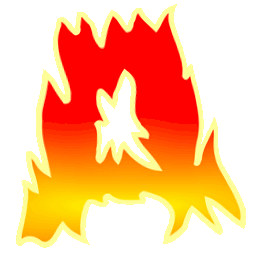-
Three methods of transfer of heat are conduction, convection and radiation.
-
Conduction: It is the transfer of heat in which molecules with high kinetic energy collide with other molecules and transfer some of their energy. In this way energy is transferred from molecule to molecule.
-
Heat is also conducted by free-electrons.
-
Metals are better conductors than non-metals because of free-electron diffusion.
-
Metals feel cooler. Because they transfer heat away from our hand more quickly.
-
Solids are better conductors than liquids and gases because the particles (atoms or molecules) are packed more closely together.
-
-
Convection: It is the transfer of heat in which a body of less dense fluid rises above a body of more dense fluid.
-
Radiation: It is the transfer of heat by means of emission of infra-red waves from the surface of all bodies.
-
All bodies also absorb radiation. This causes a rise in temperature.
-
Generally, a good emitter of radiant heat is also a good absorber of radiant heat.
-
Radiations can travel through space because they don’t require a material medium.
-
Factors that increase the rate of emission of radiation are:
-
Higher temperature of the surface
-
Greater surface area
-
Darker surface colour (e.g., black)
-
Dull texture of the surface
-
-
Black colour is the best absorber and emitter of radiation and white is the worst.
-
White is the best reflector of radiation and black is the worst.
-
-
Applications, consequences, etc.
-
Conduction
-
Feathers, fur, woolen clothes, fiberglass, expanded polystyrene, etc. trap air so they are good insulators of heat.
-
In a vacuum flask (or thermos flask), the insulating materials, the vacuum between the double glass wall and the trapped air at the top minimize heat loss through conduction.
-
-
Convection
-
Sea water and land heat up or cool down at different rates. Convection causes a breeze…
-
from sea to land during the day and
-
from land to sea during the night
-
-
-
Radiation
-
On sunny days, wearing dull, black clothes will be uncomfortable.
-
Shiny teapots radiate less heat.
-
In a vacuum flask (or thermos flask), the glass is silvered to reflect the radiations back into the liquid.
-
In a greenhouse, (higher energy) higher frequency radiations pass through glass and warm up the plants and soil. Radiant heat from the plants and soil has less frequency so it cannot go out through the glass. The rise of temperature helps plants grow.
-
-
Go back to table of contents



